
Here are 30+ high-protein vegetables that you probably already eat and didn’t realize were high in protein.
Thank you for reading this post, don't forget to subscribe!I never imagined that veggies would be so important to my diet until I suffered illness after illness and finally decided to start putting my health first for a change.
In other words, vegetables saved me from the spiralling health conditions that have plagued me for years.

More than this have discovered that what you can get out of animal meat can also be obtained from vegetables.
Although protein isn’t the most important macronutrient, for some reason the world seems to be obsessed with protein.
And you are interested in this otherwise you wouldn’t be reading this now, so I’m giving you what you asked for.
If you start eating more of these veggies to get more protein in your diet, I know that you are going to massively increase the amount of micronutrients in your diet, which will have a much more positive impact on your health than simply consuming more protein.
I’m going to show you a list of vegetables that are high in protein content so you can add way more of them to your diet.
Because the fact of the matter is, there are so many vegetable varieties that are rich sources of protein.
Benefits of Getting Your Protein From Veggies
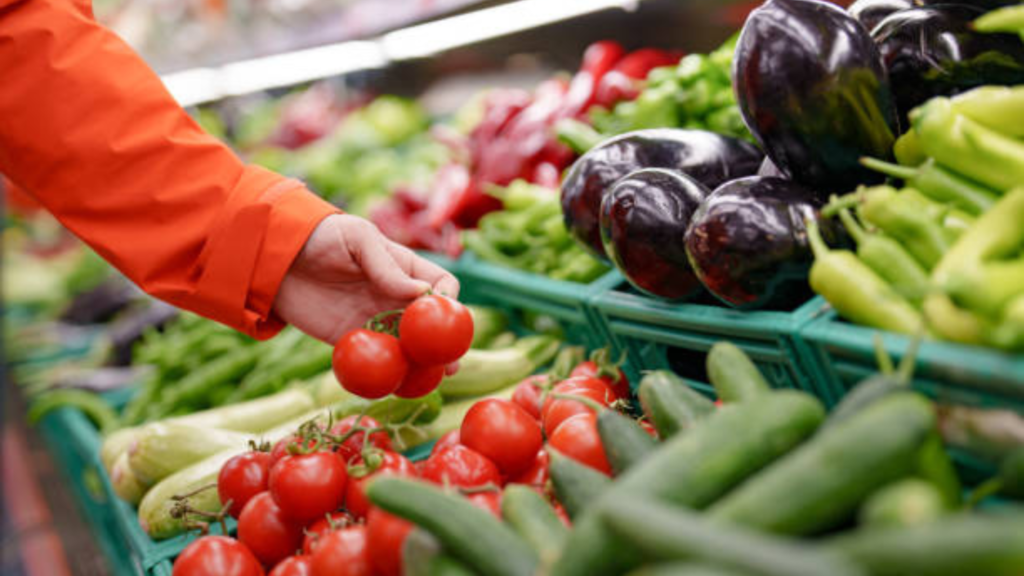
First of all. high-protein vegetables are not only rich in protein but also in vitamins, fiber and other essential nutrients.
This makes it easier for vegans. Those who have chosen to follow a meat-less diet-to loss weight more efficiently, given that veggies are low in calories.
Vegetables help in lowering the risk of heart attacks, stroke and diabetes.
Lastly, veggies are obviously more affordable than meat, which means you can cut down on your food budget by more than half.
30+ High-Protein Vegetables
Ranked according to the highest protein content per cup serving.
Not only is this list of vegetables 100% vegan but it is also a list of the most natural high protein, low fat foods available to man.
1. White Mushroom (boiled) – 3.39g Protein
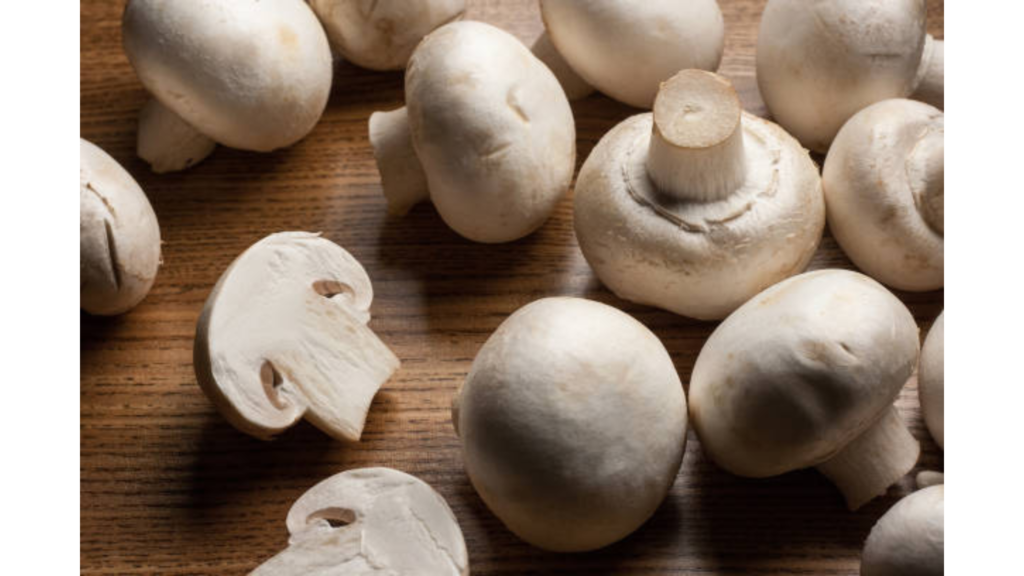
2. Corn (cooked) – 4.21g Protein
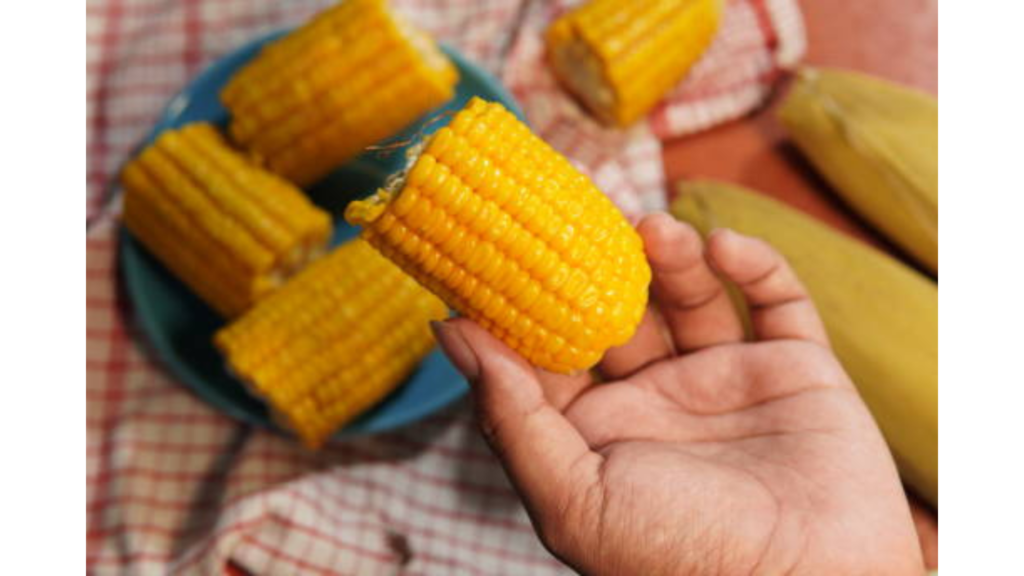
3. Shiitake Mushroom (stir-fried) – 3.35g Protein

4. Portabello Mushroom (grilled) – 3.97g Protein

5. Artichoke Hearts (raw) – 4.8g Protein

6. Asparagus (cooked) – 4.32g Protein

7. Spinach (cooked) – 5.35g Protein
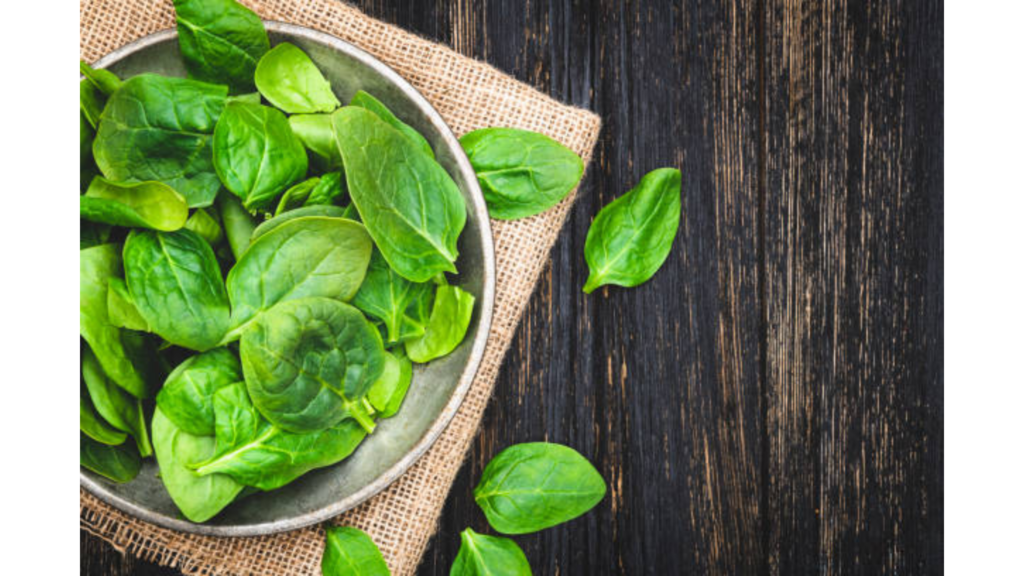
8. Onion ( cooked) – 2.9g Protein
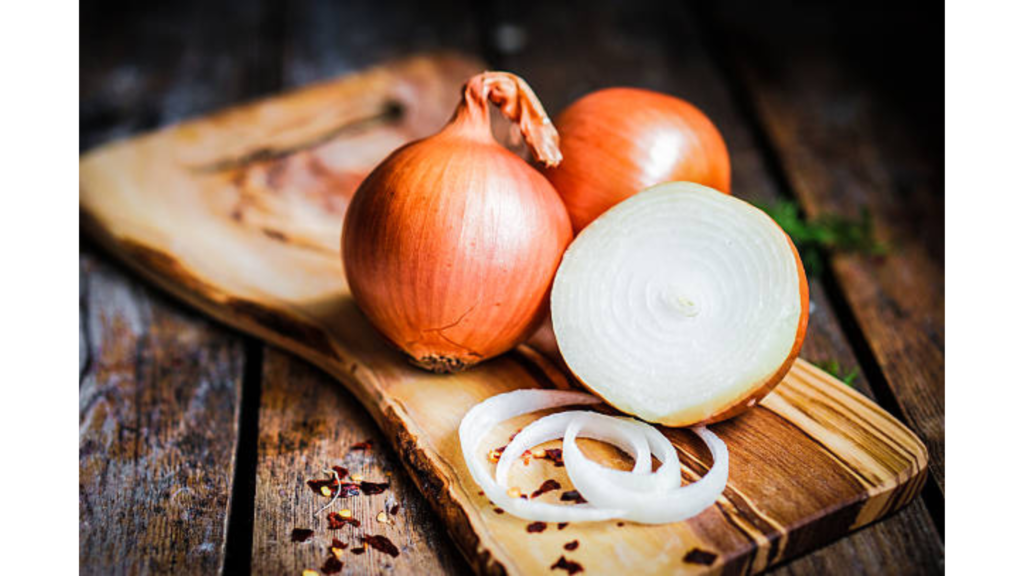
9. Potato (diced) – 3.01g Protein
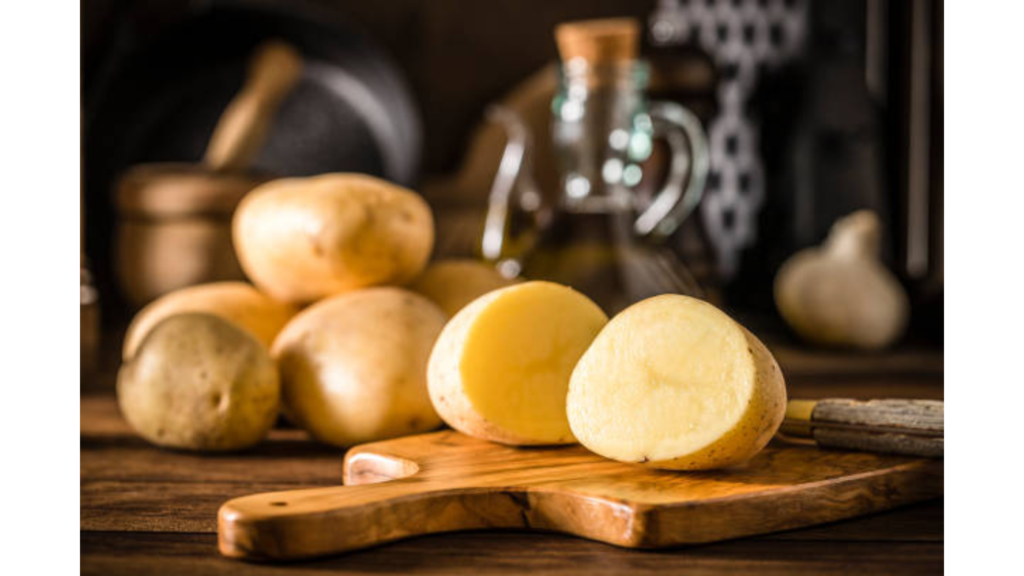
10. Cobbage (raw) – 2.7g Protein

11. Brussels Sprouts – 3.17g Protein

12. Kale (chopped) – 2.9g Protein

13. Okra (cooked) 3g Protein

14. Collard greens (chopped) 1.1g Protein

15. Broccoli Rabe (chopped) – 1.3g Protein

16. Bok Choy (chopped) 1.1g Protein

17. Carrots (chopped) – 1.2g Protein

18. Squash (sliced) – 1.4g Protein

19. Sweet Potato (cubed) – 2.1g Protein
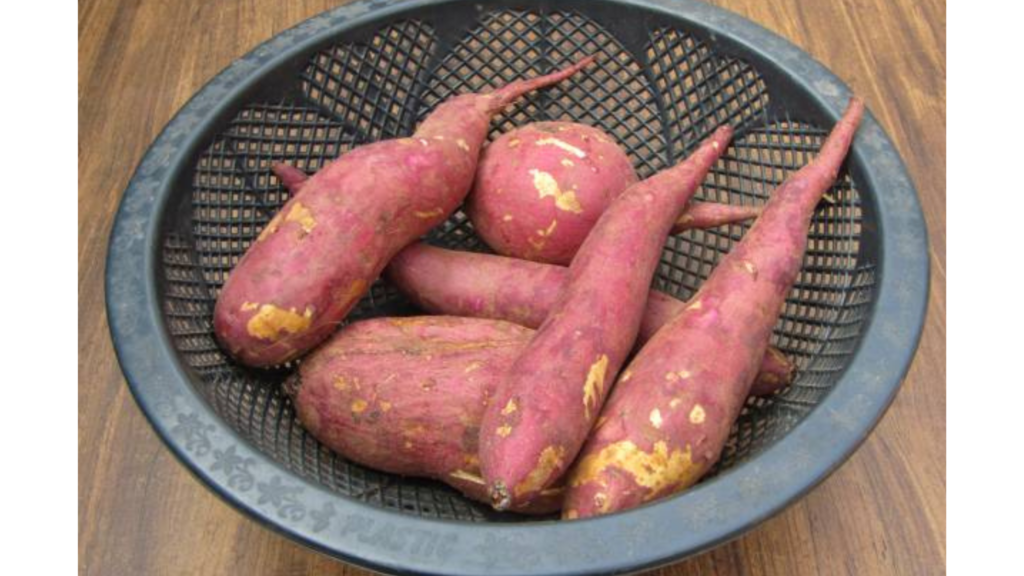
20. Broccoli (chopped) – 2.6g Protein

High-Protein Beans, Peas, Lentils and Othe Legumes

I’m now showing you how much protein there is in legumes so you can include these in your diet along with some other veggies from the list above.
This is the amount of protein per cup. As you can see, it blows the protein amount from the veggies above right out of the water!
All of the following beans and pulses are cooked.
If you want more protein, this is where you should start.
21. Edamame Beans – 18.5g Protein

22. Soy Beans – 31.3g Protein
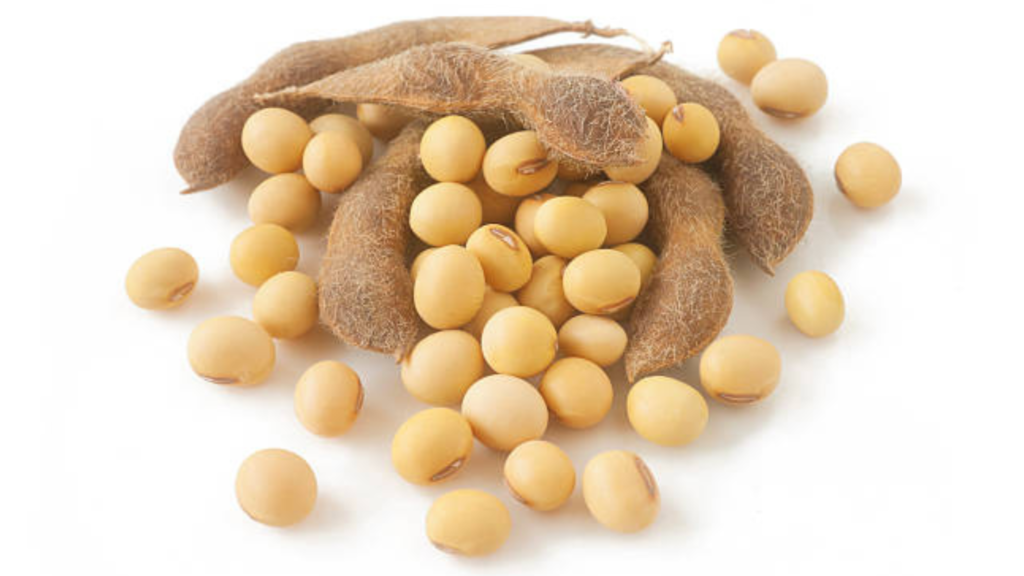
23. Navy Beans – 15g Protein

24. Pinto Beans – 15.4g Protein

25. Chickpeas – 14.5g Protein

26. Black Beans – 14.2g Protein

27. Lentils – 17.9g Protein

28. Split Peas – 16.3g Protein

29. Lima Beans – 11.6g Protein

30. Cannellini Beans – 12g Protein

31. Kidney Beans – 14.1g Protein

32. Mung Beans 14.2g Protein

Now I’m going to go into a bit more detail into explaining the protein in different food groups from the veggies list above.
Protein in Mushrooms

While most mushrooms are usually “just” included in recipes for an extra flavor and texture, know that these fungi veggies are actually rich in protein even when eaten alone.
There’s even research studies that say mushrooms may be eaten in place of meat and still beat your beef in terms of satiety.
So if you’re going for that snack of burger, you might as well substitute your ground meat patty with a huge cap of portobello mushroom and still enjoy the same flavor, which can give you a feeling of fullness.
Other mushrooms can be prepared stir-fried with other veggies or as toppings for pasta.
I personally include mushrooms in all of my dinner recipes because they contain a very high amount of Vitamin B5.
Protein in Leafy Greens

Perhaps you’ve been incorporating these leafy veggies in your meal prep either as a salad or as individual recipes that involve cooking and baking.
Spinach can be prepared stir-fried with garlic to make it palatable.
It is a perfect way to consume kale minus the bitter, lingering taste.
Other recipes that make better use of these leafy greens include green smoothies.
Protein in Root Vegetables

Sweet potatoes, carrots and potatoes have all made it to the list of high-protein veggies, which just speaks a lot about root crops being packed not only with flavor but also nutrients.
Turnip contains 1.2g of protein in a cup serving (cubed), while beet is coming up at 2.2g protein per cup.
Radish contains 0.8g of protein.
You can incorporate these veggies in your everyday meals either baked, cooked or as salsas and side dishes.
Protein in Fruiting Vegetables

These are technically fruits, but are categorized as veggies in meal preps.
If you’re already enjoying bell peppers and eggplant, you can rest assured that you’re also getting your dose of protein from these fruit-veggies.
Bell peppers give off robust flavors in dishes, and you can actually eat them alone as snack. There is 1.5g of protein in a cup of raw red peppers.
Eggplant may have the least amount of protein compared to the rest in the list, but it’s 0.8g per cup serving isn’t something you’re likely to miss.
Avocados, while typically considered as fruits, are actually one of the high-protein vegetables at 4.5g per cup serving.
Protein in Alliums

Onions, garlic, shallots, leek and chives are all grouped into a family of veggies called alliums.
And don’t frown upon these spices because they have protein content off no less than 1g per cup serving.
So if you’re a garlic fan or an onion rings super eater, you can benefit from regular consumption of these protein-rich veggies.
Protein in Squashes

Zucchini / courgette, pumpkin, squash and cucumber are all in the same group of veggies that provides protein in considerable amounts.
Zucchini contains 1.5g of protein per cup serving, which is pretty good for such a low calorie vegetable.
Pumpkin contains 1.2g or protein, while cucumber comes last at 0.34g protein per cup serving.
Still, by incorporating them into your diet either as pickles, soup or juice, you can reap their protein benefits regularly.
Conclusion
Not only these veggies can give you the protein your body needs, but they can also take care of the rest of the nutrients you can absolutely benefit from such as vitamins and minerals.
I hope you have also learned about the different categories off veggies according to appearance, but also know that they all work together to give you wholesome meals.
You just have to tweak your meal preps to favor more protein-rich veggies than solely meat.
Related
- Vegetables High In Protein
- TOP 10 VEGETABLES HIGH IN PROTEIN
- 10 High Protein Vegetables For Bodybuilding
- 8 High in Protein Vegetables
Want to discover more delicious, convenient clean-eating recipes. Follow our and connect with us too! Check out our Pinterest boards, like Healthy Salads. Be sure to subscribe to our Luckylefi for even more recipes, Workouts ect.